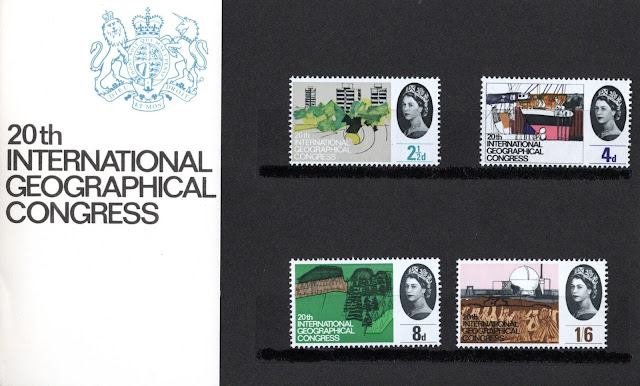The nation is in a period of mourning after the death of Queen Elizabeth II.
Yesterday, our whole King's Ely school community from Y3 upwards packed into Ely Cathedral for a brief service of commemoration with an address from the Principal, time for silent thought, and prayers led by the Dean.
The Queen had some strong connections with our subject community as well.
She had no passport, as they were issued in her name, but travelled widely:
A reminder about the excellent #GIS map by @benflan at @Esri showing overseas visits by #QueenElizabethII to 2015
— BC (@mildthing99) September 8, 2022
▶️Press PLAY to reveal the pattern
🟡Yellow dot symbols appear
🖱️Click for details
🌐To what extent is pattern influenced by #Commonwealth? https://t.co/4DV1twasIh pic.twitter.com/dafqLqzWN2
She was obviously very much linked with the Commonwealth, and visited all countries of the Commonwealth apart from Cameroon and Rwanda.
The Queen was the patron of the Royal Geographical Society for over 60 years, and this role may well be taken up by King Charles III.
We are deeply saddened at the passing of Her Majesty The Queen, the longest reigning monarch in British history.
— Royal Geographical Society (with IBG) (@RGS_IBG) September 8, 2022
Her Majesty was our patron for +60 years between 1953 - 2016, and we are indebted to Her Majesty for her many years of patronage and support. https://t.co/LjEspMZ3Ac pic.twitter.com/PYG0XNTtwM
In 1953, the Queen attended a special screening of the film chronicling the conquering of Everest, in an event attended by Edmund Hillary and others linked with the expedition, whose success was announced on the day of her Coronation.
Some 10 years later at the 20th International Geographical Congress, Her Majesty opened the proceedings and stressed the importance of international cooperation in geographical research.It was with the very deepest regret that we heard of the death of Her Majesty the Queen. We offer our condolences to our Patron, His Majesty the King and all members of the Royal Family at this sad time. Photo: Her Majesty the Queen planting trees at our Slapton Ley centre,1980's pic.twitter.com/83EGZZ1g0y
— Field Studies Council (@FieldStudiesC) September 9, 2022
Some islands in the Arctic are named after Queen Elizabeth.
They form part of the Qikiqtaaluk region of Nunavut.
A fairly large part of Antarctica is also called Queen Elizabeth Land - stretching from the Ronne Ice Shelf to the South Pole.
The Crown Estate is also one of the largest landowners in the country, owning most of the seabed out to the territorial sea limit of 12 nautical miles.
There's also a story map and resources here, from Historic England exploring the cultural heritage of the country that was visited by the Queen during her reign.
UpdateThis is an incredible stat pic.twitter.com/9DLUN3oinc
— Becky Donaldson (@donaldson_maths) September 9, 2022



Comments